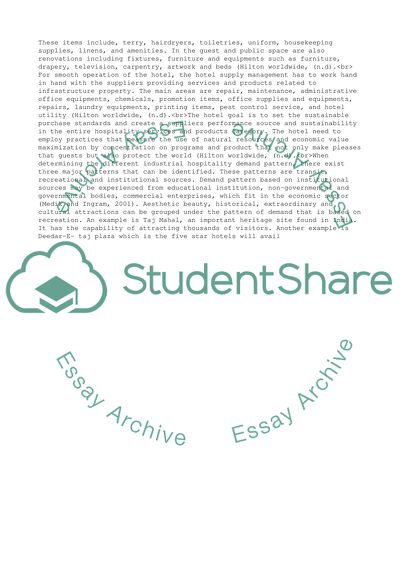Cite this document
(Hospitality operation and management Essay Example | Topics and Well Written Essays - 4000 words, n.d.)
Hospitality operation and management Essay Example | Topics and Well Written Essays - 4000 words. https://studentshare.org/management/1880151-hospitality-operation-and-management
Hospitality operation and management Essay Example | Topics and Well Written Essays - 4000 words. https://studentshare.org/management/1880151-hospitality-operation-and-management
(Hospitality Operation and Management Essay Example | Topics and Well Written Essays - 4000 Words)
Hospitality Operation and Management Essay Example | Topics and Well Written Essays - 4000 Words. https://studentshare.org/management/1880151-hospitality-operation-and-management.
Hospitality Operation and Management Essay Example | Topics and Well Written Essays - 4000 Words. https://studentshare.org/management/1880151-hospitality-operation-and-management.
“Hospitality Operation and Management Essay Example | Topics and Well Written Essays - 4000 Words”. https://studentshare.org/management/1880151-hospitality-operation-and-management.


